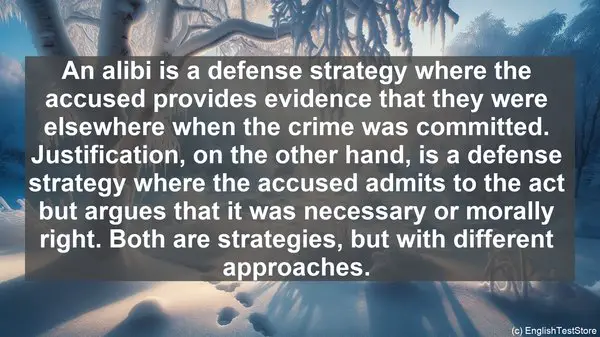Introduction
Today, we’re going to dive into the fascinating world of forensic science. But before we begin, it’s essential to clarify some commonly confused words in this field. Understanding these distinctions will be crucial in your future endeavors as forensic scientists.
1. Evidence vs. Proof
While both evidence and proof play vital roles in forensic investigations, they aren’t the same. Evidence refers to any information or material that can be used to support a claim, while proof is the conclusive demonstration of a claim’s truth. Think of evidence as the building blocks, and proof as the solid structure.
2. Suspect vs. Person of Interest
In a criminal investigation, a suspect is someone against whom there is substantial evidence, making them likely to have committed the crime. On the other hand, a person of interest is someone who may have information relevant to the case but isn’t necessarily considered a suspect. It’s a subtle yet crucial distinction.

3. Autopsy vs. Necropsy
While both terms involve the examination of a body, an autopsy is performed on a human, whereas a necropsy is conducted on an animal. The procedures may be similar, but the distinction lies in the subject being examined.
4. Ballistics vs. Firearms
Ballistics is the study of projectiles, such as bullets, their trajectory, and the impact they make. Firearms, on the other hand, refer to the actual guns or weapons. So, while related, these terms have different focuses.
5. Forensic Science vs. Criminology
Forensic science encompasses a wide range of scientific disciplines applied to legal matters, including biology, chemistry, and physics. Criminology, on the other hand, is the study of crime, its causes, and its social implications. While interconnected, they have distinct areas of focus.

6. Alibi vs. Justification
An alibi is a defense strategy where the accused provides evidence that they were elsewhere when the crime was committed. Justification, on the other hand, is a defense strategy where the accused admits to the act but argues that it was necessary or morally right. Both are strategies, but with different approaches.
7. Trace Evidence vs. Circumstantial Evidence
Trace evidence refers to small, often microscopic, pieces of physical evidence, such as fibers or hair. Circumstantial evidence, on the other hand, is indirect evidence that implies a fact but doesn’t directly prove it. While both can be valuable, they have different levels of conclusiveness.
8. DNA Profiling vs. DNA Testing
DNA profiling involves comparing DNA samples to determine if they match, often used for identification purposes. DNA testing, on the other hand, is a broader term that encompasses various techniques used to analyze DNA, including profiling. So, while related, one is a subset of the other.
9. Misdemeanor vs. Felony
In legal terms, a misdemeanor is a less serious offense, often resulting in fines or short jail sentences. A felony, on the other hand, is a more serious crime, typically carrying longer prison terms. The distinction lies in the severity of the offense.
10. Expert Witness vs. Fact Witness
In a courtroom, an expert witness is someone with specialized knowledge or experience in a particular field, whose testimony can help the judge or jury understand complex matters. A fact witness, on the other hand, provides testimony based on their firsthand knowledge of the events. Both are valuable, but in different ways.
